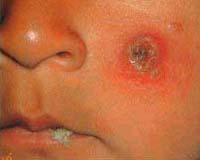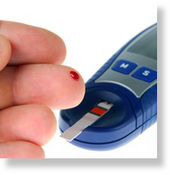
Researchers of the Michael G. DeGroote Institute for Infectious Disease Research have discovered a new way that bacteria evolve into something that can make you sick.
The finding, published in the Feb. 16 issue of the Proceedings of the National Academy of Sciences, has implications for how scientists identify and assign risk to emerging diseases in the environment.
The researchers found that bacteria can develop into illness-causing pathogens by rewiring regulatory DNA, the genetic material that controls disease-causing genes in a body. Previously, disease evolution was thought to occur mainly through the addition or deletion of genes.
Brian Coombes, an assistant professor in the Department of Biochemistry and Biomedical Sciences, was the lead investigator of the study which involved researchers at McMaster University, the University of Melbourne, Australia and the University of Illinois at Chicago, USA.
"Bacterial cells contain about 5,000 different genes, but only a fraction of them are used at any given time," Coombes said.







Comment: Statins are not "very healthful" at all. Evidence shows that the lower cholesterol levels are, generally speaking, the higher the risk of cancer. Cholesterol levels below 160 have been linked to depression and low testosterone levels. Statins block the body's production of CoQ10, an important nutrient and antioxidant which protects the heart among other organs as demonstrated by hundreds of studies. Coenzyme Q10 (also called ubiquinone: "occurring everywhere") plays an important role in the manufacture of ATP, the fuel that runs cellular processes. Low levels of CoQ10 are found in nearly all cardiovascular diseases, including angina, high blood pressure, cardiomyopathy, and congestive heart failure; and other diseases like Parkinson's disease. Statins deplete the body of CoQ10 by a 40%.